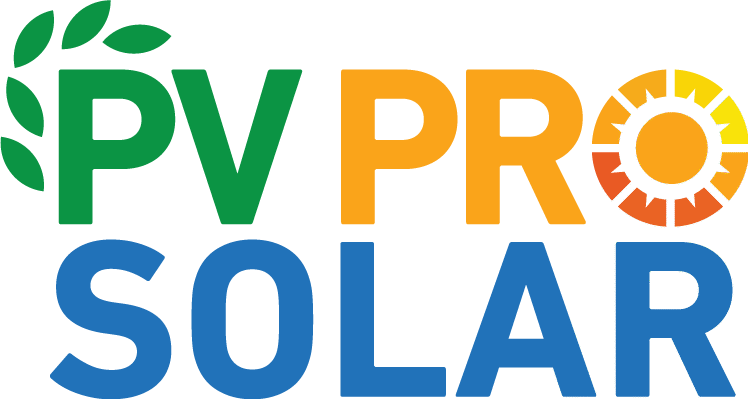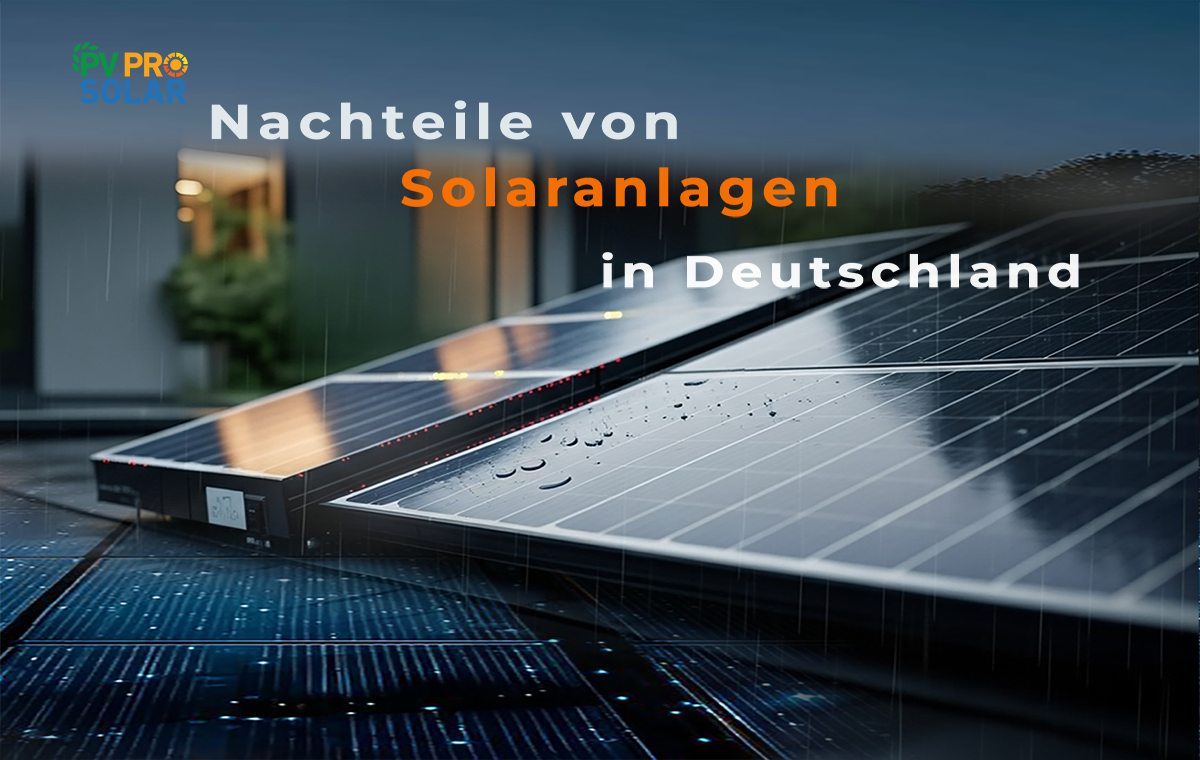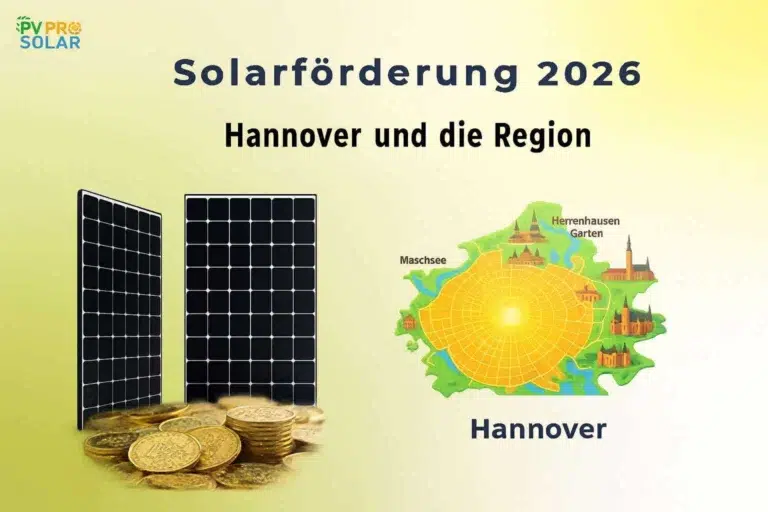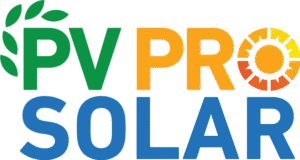What Are the Real Disadvantages of Solar Panels in Germany?
Solar panels are a clean energy option, but they come with disadvantages. In Germany, weather conditions, high investment costs, and technical challenges affect performance and returns. Anyone planning to install a photovoltaic system should understand these limitations. This article highlights the main disadvantages of solar panels in Germany, their impact on households and businesses, and practical ways to reduce risks while keeping systems efficient and cost-effective.
What Investment Costs Are Involved in Solar Panels in Germany?
Purchase Costs
- A 5 kWp system for a single-family home costs €8,000–15,000.
- Large commercial systems can exceed €50,000.
Additional Costs
- Mounting systems, inverters, cables, and permits.
- Battery storage increases costs by 30–50%.
Financing and Subsidies
- Loans from KfW Bank or state programs reduce upfront costs.
- Feed-in tariffs under the EEG bring income but rarely cover the full investment.
Example
A household in Hannover pays €18,000 for a 6 kWp system with battery storage. Payback is expected in 10–12 years.
How Does German Weather Affect Solar Panel Performance?
Solar Radiation
- Annual solar radiation is 950–1,200 kWh/m².
- Southern Germany gets more sunlight than the north.
Seasonal Variations
- Winter output is only 30–40% of summer levels.
- Snow reduces output, but rain helps clean panels.
Efficiency
- Modern panels reach 18–22% efficiency.
- Shading from trees or nearby buildings lowers production.
Example
In Bremen, a 5 kWp system produces 50–60 kWh in January and over 500 kWh in July.
What Limitations Are Caused by Space and Roof Structure?
- Systems require 25–40 m² roof space.
- Flat roofs require mounting, which increases costs.
- South or southwest orientation works best.
- Old or weak roofs often need renovation.
What Maintenance and Upkeep Responsibilities Exist?
Inspection
- Regular checks for cracks, dirt, and shading.
- Monitoring of inverters and cables.
Cleaning
- Dirt can lower efficiency by 15%.
- Cleaning is recommended once or twice a year.
Technical Maintenance
- Inverters last 10–15 years.
- Batteries need cycle monitoring.
Example
An industrial client in Wolfsburg spends €200–300 per year to maintain a 50 kWp system.
How Do Storage Solutions Affect Costs and Efficiency?
Costs
- Lithium-ion batteries cost €6,000–12,000.
- Lifespan is 10–15 years.
Benefits
- Higher self-consumption.
- Independence from grid fluctuations.
Drawbacks
- Delays payback due to high cost.
- Battery recycling remains a challenge.
What Legal and Regulatory Challenges Exist?
- Systems under 10 kWp need no permit; larger ones do.
- EEG tariffs decline yearly.
- Grid registration is mandatory.
- Smart meter obligations have applied widely since 2025.
Are There Hidden Drawbacks in Subsidy Programs and Feed-in Tariffs?
- Subsidy applications are bureaucratic.
- Not all expenses are covered.
- Feed-in tariffs are falling.
- Self-consumption is often more profitable.
How Long Does It Take for a System to Pay Off?
- Payback depends on costs, electricity rates, self-consumption, and subsidies.
- Average: 8–12 years for homes, 7–10 years for commercial.
- Risks include technical failures and low sunlight.
What Environmental and Recycling Disadvantages Should Be Considered?
Manufacturing
- High energy use for silicon panels.
- CO₂ balance turns positive after 2–4 years.
Recycling
- Glass, aluminum, and silicon are recyclable.
- Batteries are harder to process.
- Proper disposal of old panels is mandatory.
Are Solar Panels Worth It Despite These Disadvantages?
Advantages
- Long-term savings on electricity.
- Greater independence from grid prices.
Risk Minimization
- Careful planning.
- Reliable storage solutions.
- Regular maintenance.
- Making use of subsidies.
Example
A Hannover company invests €120,000 in a 50 kWp system and saves €8,000 per year.
Solar panels offer clean energy but come with challenges. High costs, weather dependence, maintenance, and legal requirements can slow returns. With proper planning and risk management, both homes and businesses can benefit. Knowing the disadvantages helps ensure stable long-term savings and sustainable use.
Yes. Modern systems work even on cloudy days. Location, roof orientation, and storage influence profitability.
Ongoing costs are low. Cleaning, servicing, and battery care cost about 1–2% of the initial investment yearly. Are solar panels in Germany profitable despite weather issues?
How high are the ongoing costs for a solar panel system?



